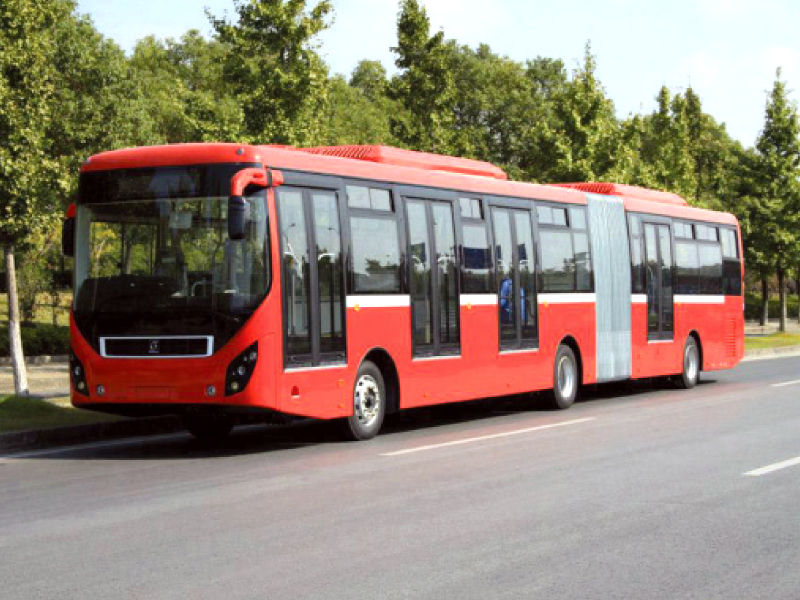
There is no doubt that Pakistan continues to stay under-developed with basic necessities — sanitation, access to education and healthcare — remaining out of reach of most. A recent UNDP-funded report also found that Pakistan’s richest 20 per cent now consumed seven times more than the poorest 20 per cent of the population, highlighting the rising inequality. The report also stated that close to 40 per cent of the country’s population lives in poverty, with the ratio going up substantially in the case of the rural areas. So why has Pakistan, after having identified these issues, not been able to address them? The answer is simple, and shameful, to say the least. Spending is concentrated in areas where there is greater return to be had in the form of a vote bank. Despite the increase in tax rates and unprecedented levels of indirect taxation, coupled with a complex system that could take the ordinary citizen years to understand, governments continue to ignore the rural areas. The state of living conditions is appalling and basic infrastructure is unheard of. Concentrated spending patterns, around election time, act as short-term handouts that disappear as soon as elections are over. The thinking of policy makers is limited to five years or less and individual benefit is prioritised. Hence, whatever funds are left are spent on areas that are more visible to the outside world and on projects that have greater visibility. There is a reason why Lahore and other areas of central Punjab get the maximum amount of spending — these are the ruling party’s strongholds.
Published in The Express Tribune, August 11th, 2016.
Like Opinion & Editorial on Facebook, follow @ETOpEd on Twitter to receive all updates on all our daily pieces.












COMMENTS (1)
Comments are moderated and generally will be posted if they are on-topic and not abusive.
For more information, please see our Comments FAQ